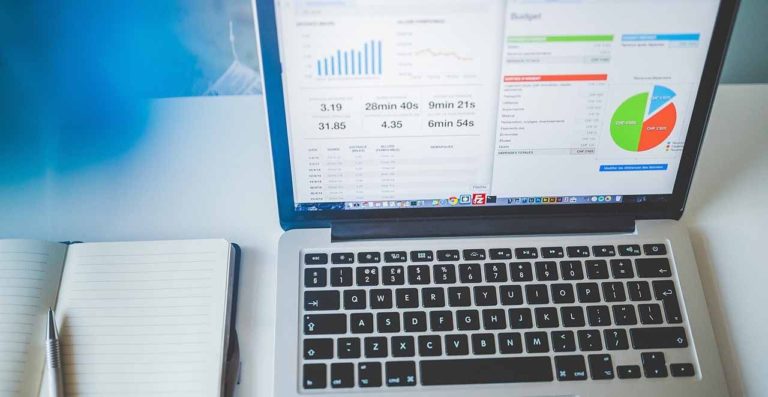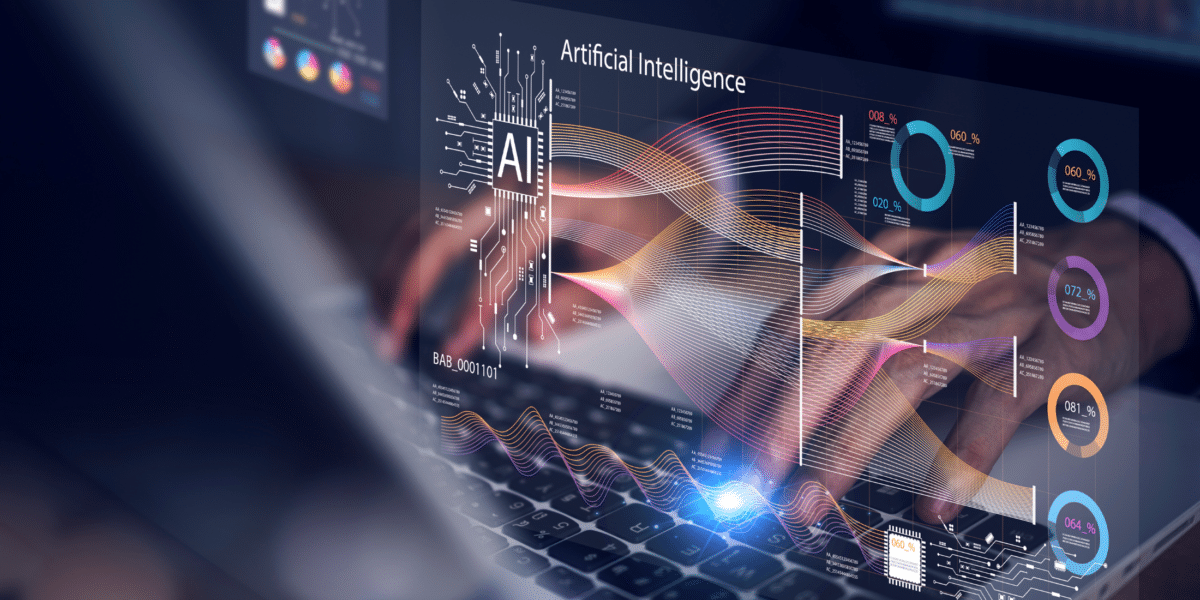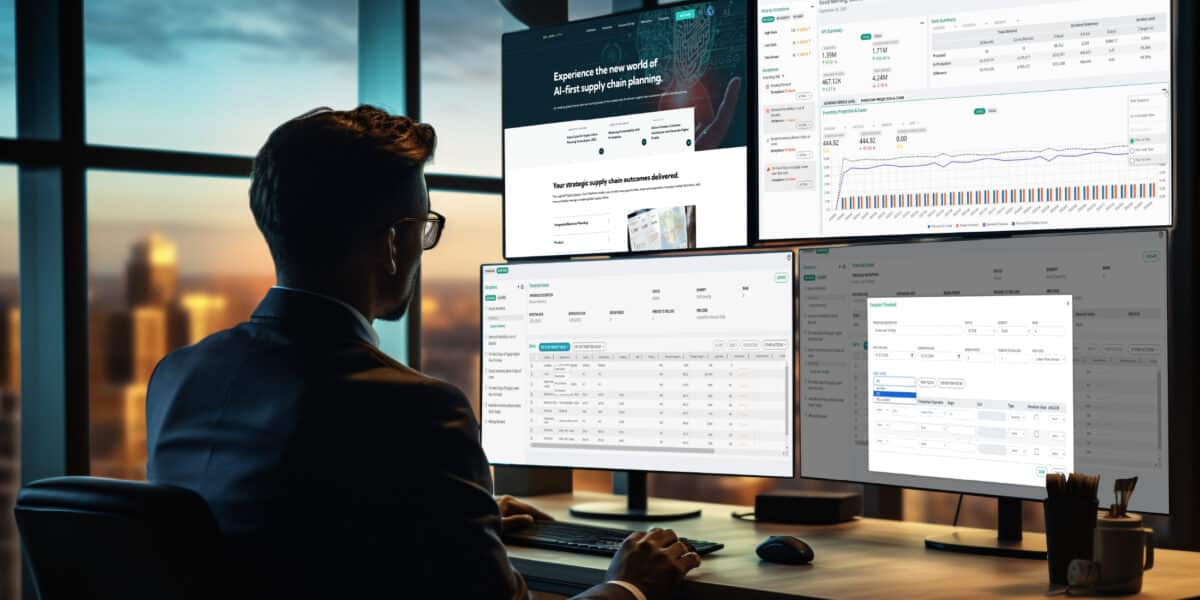
Have you been in that meeting?
Implicit in this little parody of a planning meeting is the belief that macro-level predictions are often the best we can do. The hourly, daily, weekly, even monthly zigs, zags, dips and dives in demand that make this year’s journey (if not outcome) different from last year are invisible. Or if not invisible, certainly not actionable.
Traditionally, forecasting models were based on time series techniques that create a forecast based on prior sales history. However, where past sales are sufficient for predicting future forecast levels in mid- and long-term planning horizons, they have shown to be less accurate for short-term planning. The promise of demand sensing is that we can do better. In plain English, the premise is this: if the past is the best predictor of the future, it follows that the very recent past is the best predictor of the very near future.
The Goal of Demand Sensing Solutions
A methodology and technology for improving near-future forecasts, demand sensing uses detailed short-term demand data. Near-future can mean hours or days, depending upon how dynamic your supply chain is. Demand sensing grew out of the broader trend toward collaborative supply chains, where insular thinking (“What can we make, transport and deliver?”) has given way to a customer-centric view of the market: what does the customer want and when? Customers need their supply chains to simultaneously deliver high service levels and optimized stock levels.
The goal of demand sensing solutions is to help planners make short-term decisions based on what just happened hours or days ago, not what happened last year. In short, demand sensing overcomes latency issues associated with traditional time-series forecasting methods, which assume – correctly, in most cases – that history will repeat itself over long periods of time.
Planners learned long ago that it’s difficult and time-consuming to force real-time data into existing time-series statistical models. It’s not surprising then that demand sensing is fundamentally different in that it often incorporates a broader range of demand signals (including current data from the supply chain) and different mathematical techniques to create a more accurate forecast that responds to real-world events.
Bottom line: a plan that relies on a weekly or monthly forecast to create a daily forecast from a manually entered day-weight calendar will consistently be less accurate than a daily forecast built using machine learning principles derived from daily POS data.
The Limitations of Time-Series Forecasting
It’s natural to wonder what would happen if we just threw more horsepower at the traditional approach. The answer is a bit wonky.
It turns out that time-series forecast accuracy eventually hits a ceiling; a ceiling governed not by computer processing power, but rather fundamental limitations imposed by information theory and the fact that historical data is a flawed predictor of supply chain conditions at any specific moment.
Information theory dictates that increasing a model’s sophistication to pursue a ‘perfect fit’ reaches a point where the outcome is decreased forecast accuracy. Industry figures show that despite highly tuned models, forecast error remains a challenge. Even high-volume consumer packaged products with well-understood seasonality established over decades continue to experience high near-term forecast error rates.
Breaking this ceiling requires the inclusion of current demand signals from across the supply chain, if available, and new mathematics to sort through the data to determine what is predictive and what is noise.
In short, demand sensing solutions focus on eliminating supply chain lag by relentlessly reducing the time between events and the response to those events; more specifically, the goal is to reduce the total time elapsed from the emergence of a statistically meaningful mix of demand signals to the planner’s ability to respond intelligently to those signals.
Interested to know whether demand sensing is right for your business? Read more here.


